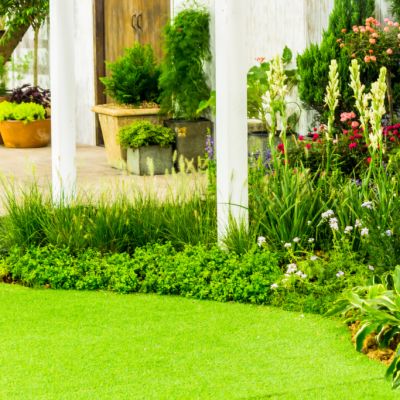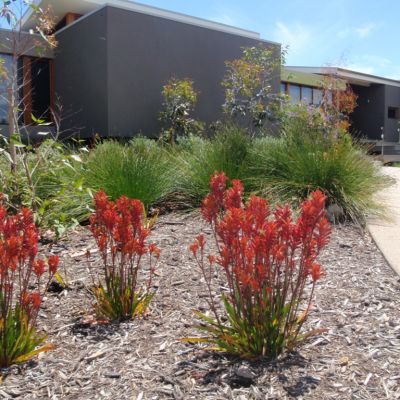Five simple ways to use indoor plants to cool down your home
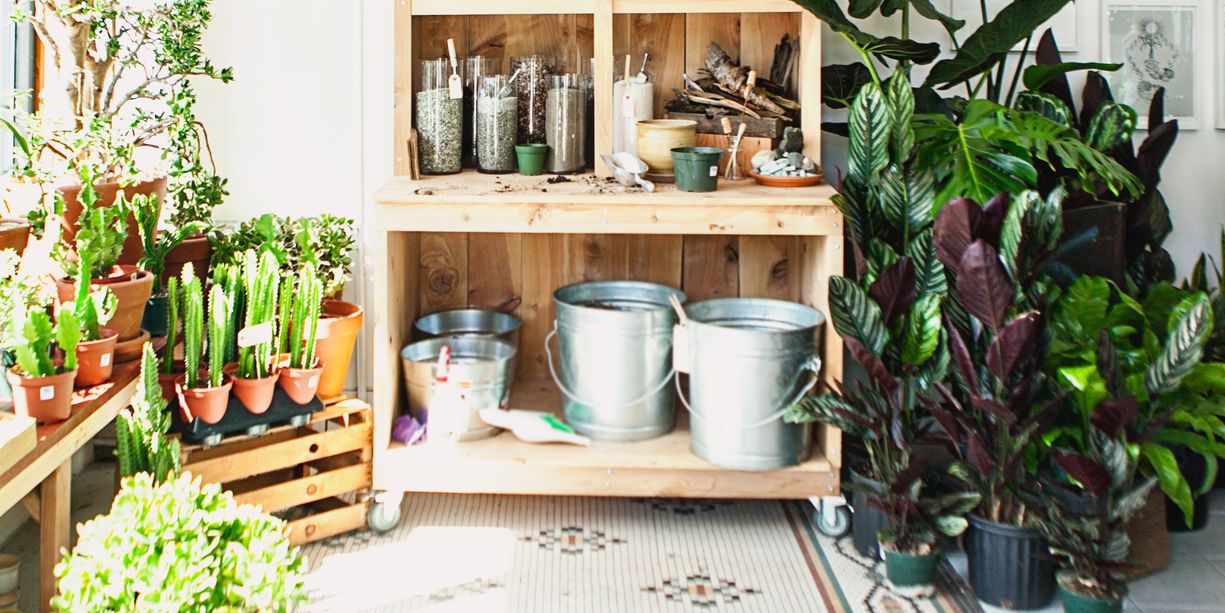
It’s all well and good to keep thirsty houseplants well-watered in the current warm spell, but open a window too, before you and your plant get uncomfortably hot under the collar.
Watering your indoor plants may seem the obvious thing to do in this heat, but plants sweat too (plant transpiration takes place mostly through leaves, flowers and stems), and the hotter the room, the more the plant “sweats”.
This increases overall humidity, which in turn could make the room feel even warmer because moist air holds heat better.
Of course, you’d need many pots of indoor plants around the house before the heat and humidity inspire hallucinations about steamy jungles and tropical rainforests, but it is worth taking the time to look around you and assess if your houseplants are serving you as well as they could in this heatwave.
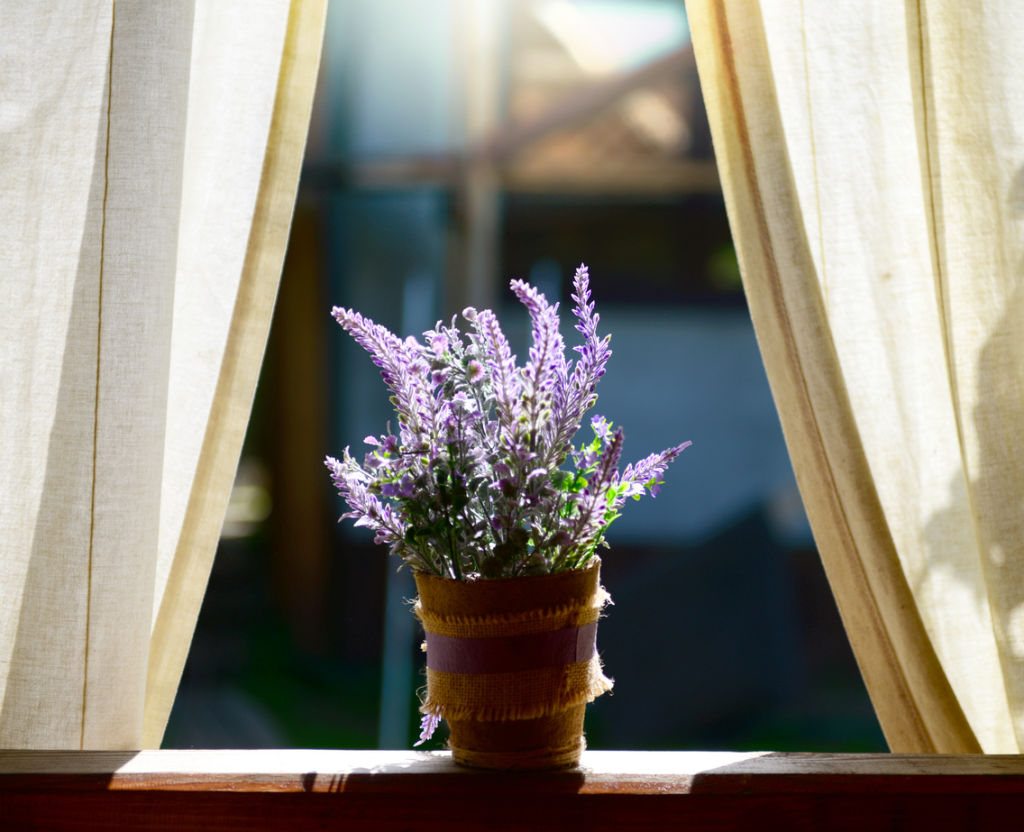
1. A large-ish plant by a window can throw some dappled shade without blocking out the light completely. Hardy plants that can handle a sunny spot include palms and mother-in-law’s tongue, also known as snake plant (Sansevieria trifasciata), which is quite nearly indestructible and comes with the added bonus of producing oxygen at night to improve indoor air quality.
2. You’re finally home after a long, stressful day at work and your house is a heat trap! Cool down with peppermint in a pot in your kitchen. Research by neuroscientists have found that the scent of this herb can boost your mood, and improve both your memory and mental awareness. Similarly, lavender on a sunny windowsill could help. Numerous studies have found the volatile oils in the blooms have tangible effect on lowering the pulse rates of people in stressful situations.
3. Red hot and flashy pink petals might be more eye-catching, but cool whites and greens are just more chilled and easy on the eye. The likes of miniature moth orchids and dainty Nephrolepsis ‘Fluffy Ruffles’ look good on a desk and don’t take up much space.
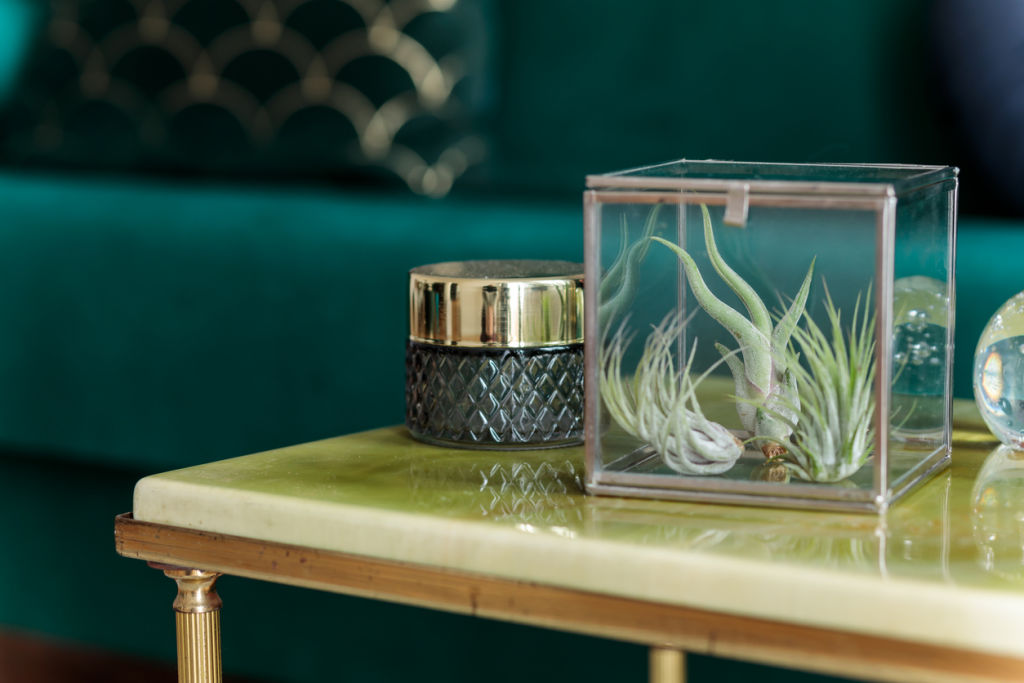
4. Another houseplant classic, anthuriums, were also found to be good at filtering the air, with their large dark leaves sucking up ammonia, formaldehyde, toluene and xylene. Plus, giving them the conditions they like – filtered light and good air circulation – means you’re setting your home up to keep cool too.
5. Perfumed plants naturally scent your home. And those that don’t need much care or watering are perfect. Tillandsias, also known as air plants, have lately been touted as natural dehumidifiers to suck moisture out of the air.
But while it’s true that tillandsia leaves are coated in specialised water-absorbent cells so they can collect moisture from the air (and hence need no roots or soil), experts and connoisseur of Tillandsia spp. have always focused on the plants’ fabulous ornamental shapes and bold colours that seem tailor-grown for a generation of bloggers and insta-plant lovers keen to show off their green thumbs. Some tillandsia species offer perfumed flowers.
– This piece originally appeared on Stuff
We recommend
We thought you might like
States
Capital Cities
Capital Cities - Rentals
Popular Areas
Allhomes
More
- © 2025, CoStar Group Inc.
